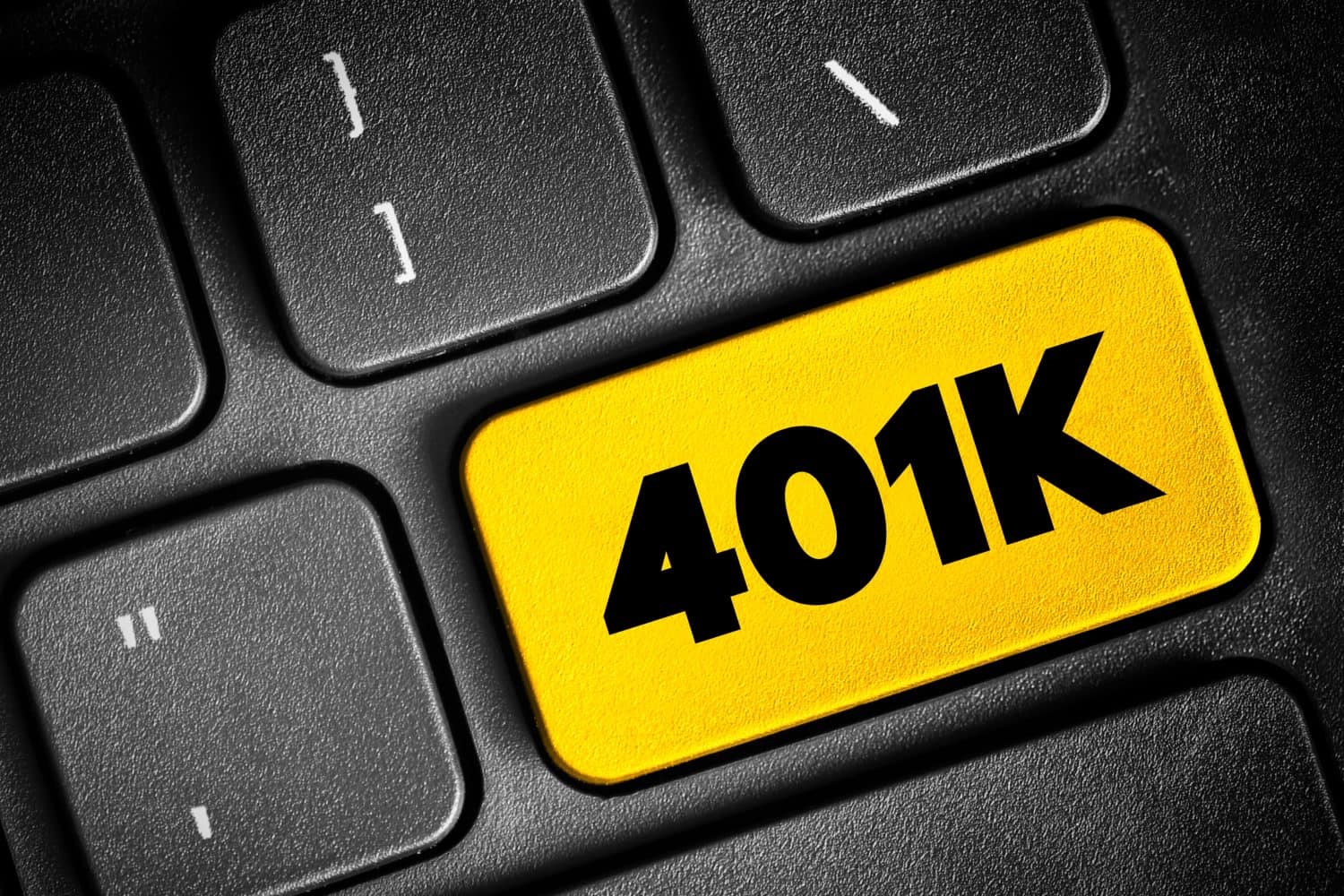Personal Finance
The Biggest Questions to Ask Yourself Before You Put a Dime Into a 401(k)

Published:

A 401(k) can be a powerful retirement savings tool. However, there is no one-size-fits-all solution. You need to use your 401(k) properly to ensure it works for you and your financial plans.
We’ll take a good look at some key considerations when it comes to using your 401(k), such as understanding your company’s employer matching and assessing liquidity.
Not all 401(k)s are the same! It’s important to understand what options are available to you and which one may work best for your retirement plans. Here are some common options:
How do you choose between them? Ask Yourself: Does my current tax rate favor traditional pre-tax savings, or would a Roth 401(k)’s tax-free retirement withdrawals benefit me more?
Employer matching contributions are essentially free money for your retirement. Some companies offer a dollar-for-dollar up to a certain amount. Others may only offer a partial match, such as 50% of what you put in.
Either way, you should absolutely take advantage of all full matches. Put in enough money to take advantage of your employer match, at the very least. This is free money that you shouldn’t leave on the table.
Partial matches are a bit different, but you should try to take full advantage of them, too.
Ask Yourself: Am I contributing enough to get the full match, or am I leaving free money on the table?
Not all 401(k) plans are created equal—fees and investment choices can significantly impact your returns. Fees include administrative costs, expense ratios, and potential advisor fees. These can seriously cut into your savings.
Always check investment options, too. Once you put money into a 401(k), what happens with that money is important. Are the funds offered diversified, and do they align with your risk tolerance and retirement timeline?
If not, you may not want to put a penny into your 401(k) plan, especially if your employer doesn’t offer a significant match.
Ask Yourself: Are the investment options and fees competitive compared to other retirement savings accounts, like an IRA? Looking at all your retirement options is important.
A 401(k) is designed for long-term savings, but early withdrawals can come with penalties. Truthfully, you should never withdraw from a 401(k) until you reach 59 1/2. Otherwise, you’ll incur a 10% penalty plus income tax. That can be a lot of money, especially if you take out a significant amount.
Some plans do allow for hardship withdrawals. However, these often have very strict requirements, and you shouldn’t count on them.
Ask Yourself: Do I have sufficient emergency savings to avoid tapping into my 401(k) early? While we do recommend having retirement savings, this doesn’t always make sense if you don’t have any emergency savings.
Your contribution rate plays a key role in building a robust retirement fund. If you don’t contribute enough, you risk not taking advantage of compound interest. Of course, something is better than nothing. We recommend starting small, especially if money is tight. Begin with a lower percentage and slowly increase it.
Aim to contribute up to the annual limit ($22,500 in 2023, or $30,000 if over 50) or up to your employer’s match. Both of these can be good goals.
Ask Yourself: How much can I afford to contribute without jeopardizing my current financial stability?
Your 401(k) is just one piece of the retirement planning puzzle. Balance 401(k) investments with other accounts, like an IRA or taxable brokerage account. You don’t want to put all your eggs in one basket.
Consider when you’ll retire, too. Your planned retirement age will impact how much you need to save by what age.
Ask Yourself: Am I diversifying my savings and setting realistic retirement goals?
The tax benefits of a 401(k) vary depending on the type you pick:
Ask Yourself: Which option provides the best tax advantage for my current and future financial situation? And do I completely understand the reality of these tax implications?
401(k)s are often tied to your employer. So, you’ll need to plan for the possibility that you won’t always be with the same employer.
Ask Yourself: How easily can I manage my 401(k) funds if I switch jobs?
Retirement can be daunting, but it doesn’t need to be.
Imagine having an expert in your corner to help you with your financial goals. Someone to help you determine if you’re ahead, behind, or right on track. With SmartAsset, that’s not just a dream—it’s reality. This free tool connects you with pre-screened financial advisors who work in your best interests. It’s quick, it’s easy, so take the leap today and start planning smarter!
Don’t waste another minute; get started right here and help your retirement dreams become a retirement reality.
Thank you for reading! Have some feedback for us?
Contact the 24/7 Wall St. editorial team.